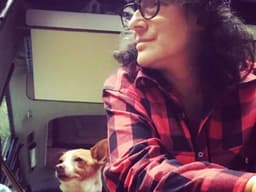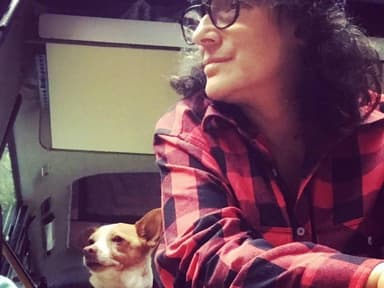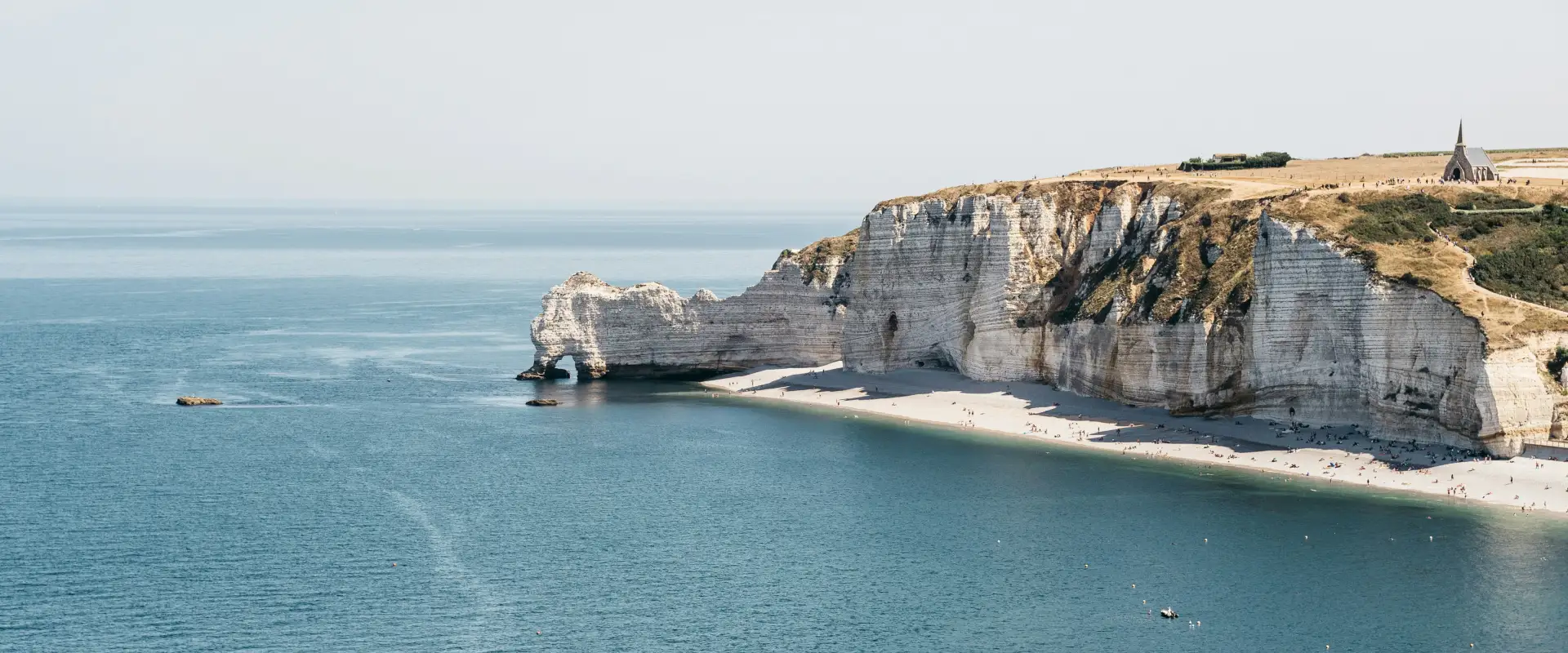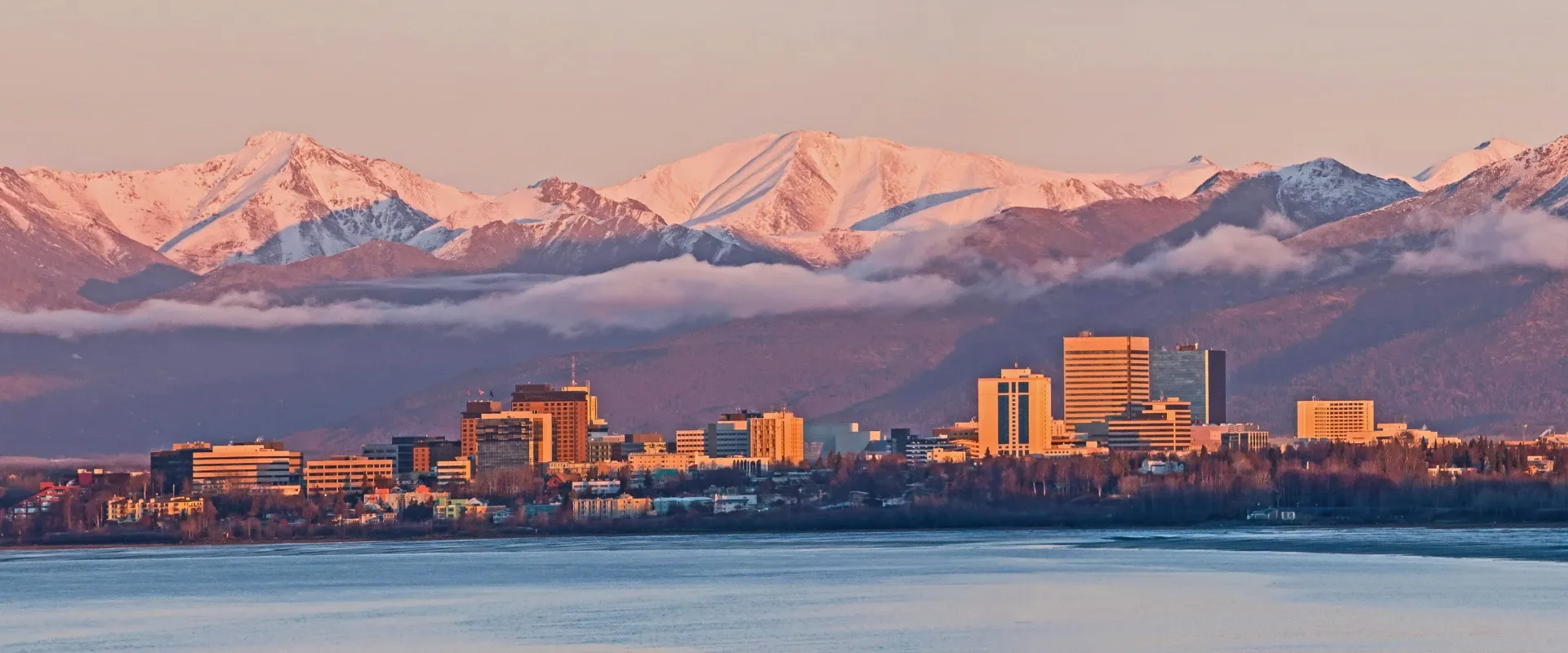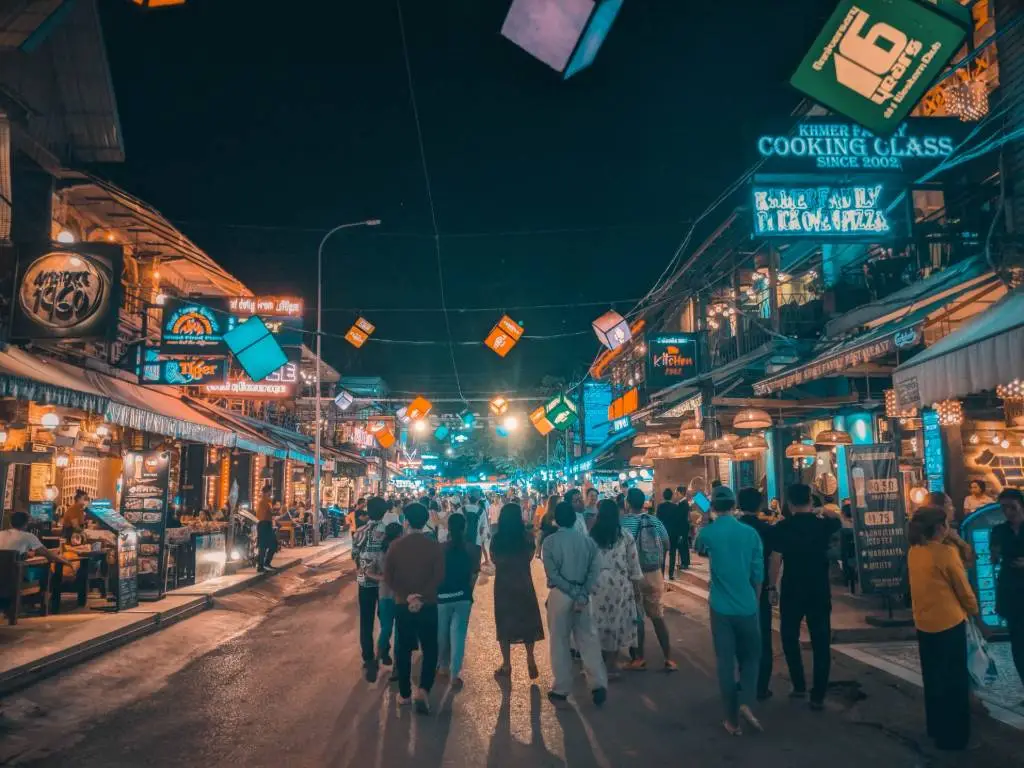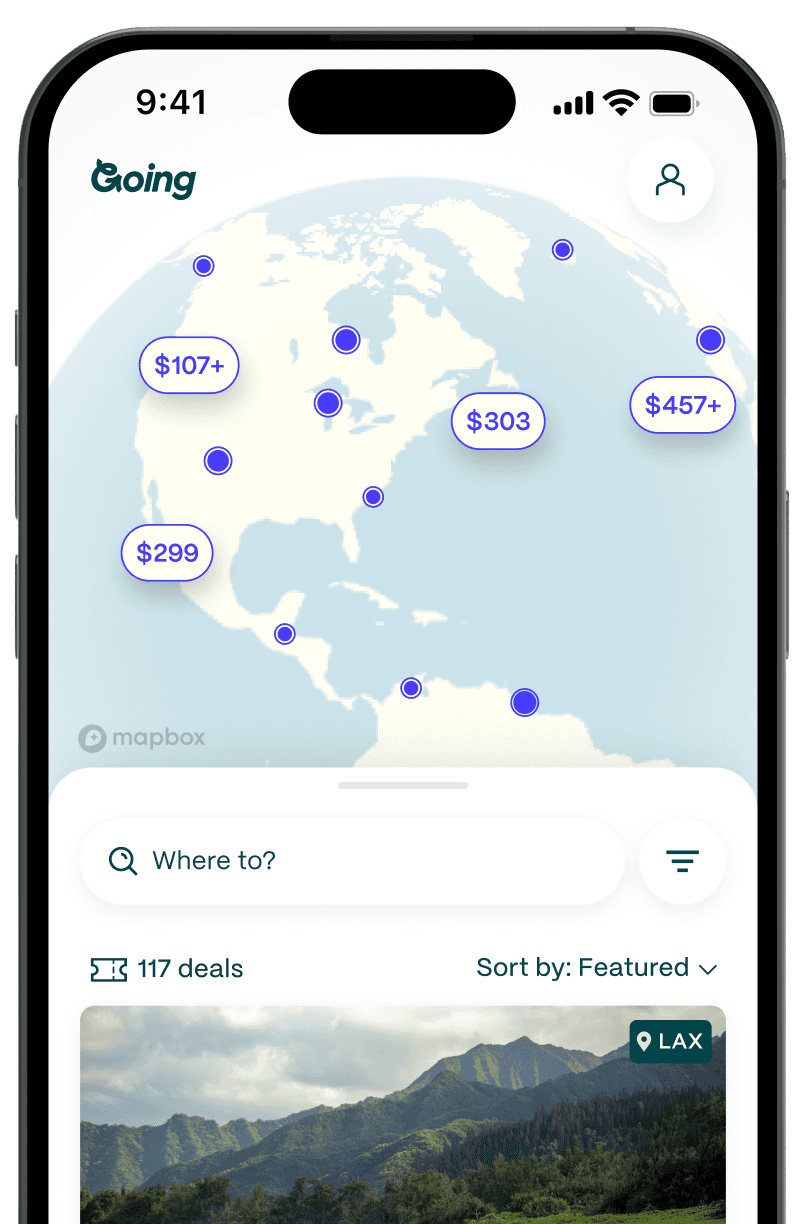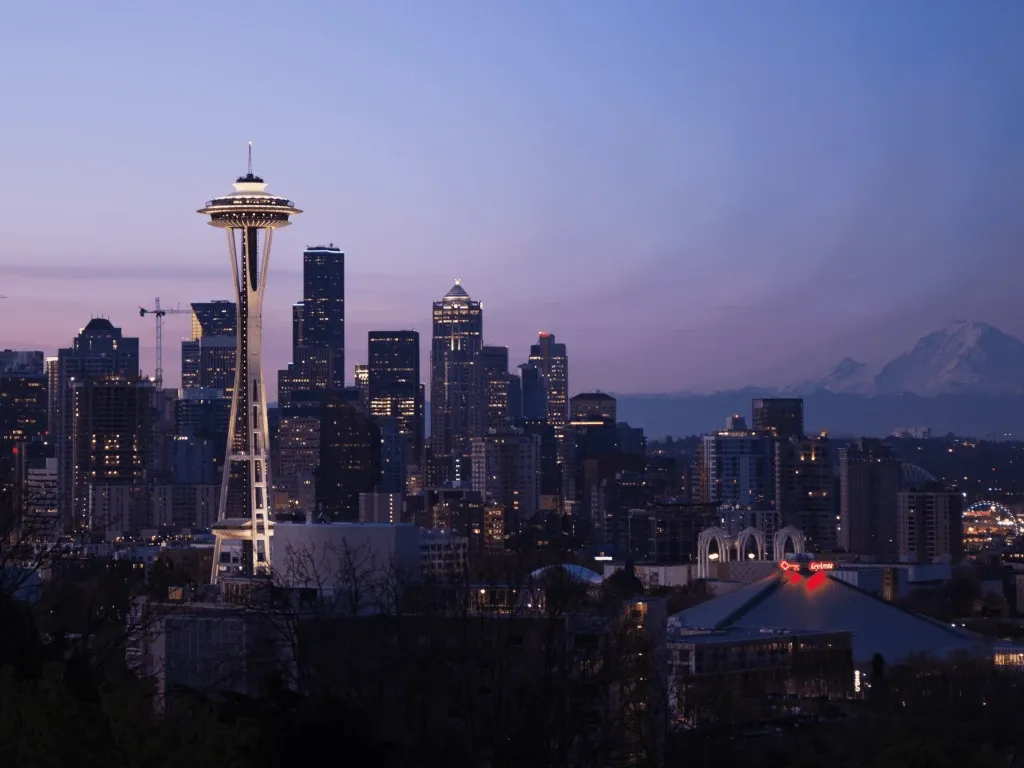
Seattle: The Pacific Northwest City Fueled by Coffee
Here’s the map. West looks across the deep blue waters of Puget Sound toward the Olympic Mountains. Two lakes, Lake Washington and Lake Union, mark the middle. A man-made fish ladder—an early monument to Seattle’s ingenuity—allows salmon to return to their spawning ground to the east, the glacier-fed rivers of the Cascade Mountains. In the middle of all this: downtown, high-rises, bus lanes, the market with its fish and flowers, and so much green it’s easy to see why the city’s nickname is “The Emerald City.”
Over the past decade, tech giants have changed Seattle from a flannel-wearing second- or third-tier city to a thriving metropolis, gentrified to the eyebrows. Moss-covered long-term residents grumble about the change, the cost of living, the crowds. But the smell of spruce and salt water gets under a Seattleite’s skin, never mind the rainy days. Catch a true Seattleite at sunset on a late summer evening, and they’ll confess there’s no place they’d rather be.

The first Seattleites
Seattle got its name in the 1850s, but Native Americans settled along the banks of the Duwamish River (named for the tribe) nearly 10,000 years ago. The temperate climate and an abundance of natural resources made for prosperous lives, and native people had time and resources to become prolific artists. Today, many pieces of this art are on display at the Seattle Art Museum.
Chief Seattle, the city’s namesake, is buried just north of Bainbridge Island on the Port Madison Reservation, but his likeness appears frequently as graffiti on cable boxes and warehouse doors. His speech to Washington’s Governor Stevens in 1854 remains an often-quoted eulogy to the loss of native lands and a plea to care for the environment: “Humans merely share the earth. We can only protect the land, not own it.”

The city beneath the city
After a failed attempt to establish the heart of the city on the West Seattle peninsula, early settlers moved to current day Pioneer Square. Look down and you’ll see chunks of purple glass embedded in the sidewalks. That’s to let light into the city below, Seattle’s Underground.
In 1889, the Great Seattle Fire burned this district to the ground. In an attempt to prevent that from ever happening again, the city was rebuilt in masonry (the neighborhood still contains some of the finest Romanesque architecture in the US). The new construction was indeed fireproof, and given the frequent flooding that occurred here—on the Puget Sound's tidal flats—the city was also built up about eight feet higher. They built retaining walls on either side of the old streets, filled in the empty spaces, and paved over it, essentially lifting the buildings and sidewalks one whole story. Stubborn businesses continued below ground level until 1907 when the city condemned the lower floors.
Nowadays, the Underground Tour is a popular tourist attraction, and while there’s not so much to see, the guides are excellent storytellers.
Fighting for change since 1919
The former Capitol Hill Autonomous Zone—a byproduct of the city’s Black Lives Matter protests—earned the city its “Anarchist Jurisdiction” moniker, but it wasn’t the first time Seattleites had taken to the streets en masse.
The WTO protests in 1999 appeared in The Battle In Seattle, a 2007 high-budget movie featuring Ray Liotta as the city’s mayor. In real life, the city was paralyzed for days while every night the streets filled with tear gas and riot police.
Perhaps the earliest recorded mass protest by Seattle residents, though, was the general strike in 1919, when tens of thousands of workers brought the city to a halt for almost a week to protest working conditions.With all this progressive action on the part of the people, it’s not surprising that Seattle was one of the first places in the nation to institute a $15 per hour minimum wage. Nationally, Washington State was among the first to legalize marijuana and sanction gay marriage.

Seattle by the book
Seattle is home to some 30 independent bookstores; there’s the cornerstone Elliott Bay Books on Capitol Hill, small but mighty Paper Boat Booksellers in West Seattle, Ada’s Technical Books (hey, nerds!), Book Larder (for chefs and foodies)… and dozens of others, used and new.
Seattle has repeatedly jockeyed for first place against DC and Minneapolis for the rank of the country’s most literate city. The public library’s postmodern main branch is a monument to Seattle’s love for books. And the city has a celebrity librarian, Nancy Pearl, who’s a best selling author and a respected voice for books and reading.
Want to read Seattle? Daudi Abe’s Emerald Street: A History of Hip Hop in Seattle covers the scene from Sir Mix-a-Lot to Macklemore, Ijeoma Olua wrote the best-selling So You Want to Talk about Race. Seattle still talks about David Guterson’s Snow Falling on Cedars and Jamie Ford’s Hotel on the Corner of Bitter and Sweet—two works that look at the region’s shameful history with its Japanese citizens.
Not far from Elliott Bay Books is Richard Hugo House, a cultural center for the written word where writers and readers gather to learn and celebrate the fact that no matter where we rank (top ten, always), we love a good read.
Grunge is dead; long live grunge
Fact-check time: The Seattle sound didn’t start in Seattle. It started in Olympia, a college town 60 miles to the south. That’s where Kurt Cobain’s unmistakable voice sparked a fire in the imaginations of a generation of underemployed and disaffected youth. That sound became the icon of an era, but it’s not the only modern music from this city. Ben Gibbard’s Death Cab for Cutie (and his subsequent efforts) poured into bus-rider headphones throughout the noughties, and Grace Love’s voice became synonymous with Seattle soul.
More recently, Seattle singer-songwriter Brandi Carlile joined forces with a powerhouse of women musicians to form The Highwomen and record the perfect anthem for the post-pandemic era, Crowded Table.
The music scene in Seattle spans from the resident world-class symphony at Benaroya Hall to a hundred indie bands occupying dive bars and outdoor stages during peak festival season. There’s no better way to get a bead on what’s happening in Seattle music right now than to tune to KEXP, the independent radio station that broadcasts music, interviews, and news about the local scene 24/7.

Fueled by seafood, coffee, and… noodles?
It’s not surprising that a fishing port should have abundant seafood. Seattle practically throws a party during Copper River salmon season, but the city also feasts on shellfish from nearby oyster farms. Crack open Naomi Tomky’s Pacific Northwest Seafood Cookbook and make the slow roasted salmon to experience what Seattle has on its plate.
Foragers have good luck finding wild mushrooms and fiddlehead ferns right in the city, but you don’t have to get dirty. Shop the region’s finest organic produce and dairy at the extensive farmer’s market scene year round, rain or shine. Beecher’s makes smoked cheddar that will go well with the bread from Tall Grass, and thanks to the temperate climate, there’s an abundance of greens, year round. What to make with all that veg? Get Plum: Gratifying Vegan Dishes by chef Makini Howell and win over the vegan-skeptic at your table.
Seattle faces east for culinary inspiration, toward China, Japan, and Southeast Asia. Nothing takes the edge off the winter damp chill like a bowl of pho, Vietnamese noodle soup; nearly everyone has a favorite pho joint. The outer burbs offer an international variety of dining—Indian, Ethiopian, Korean, Filipino, you name it. Spice Bridge, a food court in Tukwila, not far from the airport, has rotating international food startups. One day you might get Senegalese food, the next, Jamaican. Curious diners will never go hungry.
Coffee fuels Seattle through many a gray day and, while tourists line up to take pictures outside the city’s oldest Starbucks location in Pike Place Market, there are over 800 cafes where you can get your caffeine hit. Seattle has never been short on pho joints, but now Vietnamese cafes are popping up with Coffeeholic and Hello Em bringing one more aspect of Vietnamese cuisine to enthusiastic Seattle coffee lovers.
Seattle invented that
Seattle can’t claim the invention of flight, but the city was a critical player in the launch of commercial air travel. The Pacific Aero Products Company—later, The Boeing Company—was founded here on the banks of the Duwamish River.
William Boeing’s red barn, where the flight engineer built his first aircraft, now houses exhibits at the Museum of Flight. But innovation was on the agenda pre-Boeing; the Alaska Pacific Yukon Expo in 1915 showcased a steam locomotive, a telephone line so East Coasters could hear the Pacific Ocean, and a significant role for women in the planning committee for the event. The World’s Fair came to Seattle 47 years later, forever changing the skyline with its iconic Space Needle.
Microsoft and Amazon were started here, along with hundreds of tech and dot-com companies, as were REI and Eddie Bauer, two leading outdoor gear and clothing brands. The city also claims the cordless phone (debuted at the World’s Fair), the automatic car wash, Pictionary, and the Slinky Dog.

Seattle on screen
Seattle has been the backdrop for many TV shows and movies.
In a 1996 episode of The Simpsons, Homer was recruited to work for a high-tech super villain in a city that looks remarkably like Seattle. Anastasia Steele and Christian Grey played out 50 shades of relationship dynamics in Grey’s downtown Seattle apartment, while in Grey’s Anatomy, ferries slide across the water against the city’s distinctive skyline.
10 Things I Hate About You chews through Seattle scenery (that paintball scene is in industrial cool Gas Works Park) and the Kerry Park view is very similar to Frasier’s in the post-Cheers TV show. Tom Hanks lived in a Lake Union houseboat in Sleepless in Seattle, and Bridget Fonda poured coffee for disaffected Gen Xers in Singles.
More recently, Lindy West’s book, Shrill, was made into a TV series (filmed and set in Portland) featuring a character based on the Seattle author and, in part, her contentious relationship with Seattle indy news editor-in-chief Dan Savage.
Marie Semple’s Where’d You Go Bernadette is another Seattle-set book converted to the screen and while it’s a secondary plot line, those blackberries that choke any unattended green space in town are all too real. Take note: Vancouver, Canada, often acts as a stand in for Seattle in movies and TV shows set here. Both cities are green and full of water features, but only one has the Space Needle in the skyline.
Good to Know
Is Seattle expensive?
The West Coast gets more and more expensive with each passing year, and Seattle is no exception. Seattle is among the most notorious of the budget busters, giving even San Francisco a run for its money. Meals run from $13 for a hefty sandwich to $80 per person for a farm-to-table feast. Hotels reliably range from $125-$400 per night, while Airbnbs are great if you don’t mind being somewhere more residential. Renting a car is useful but not imperative unless you plan to do any hiking, camping, or skiing. If you plan to stay in the city and take advantage of rideshares, you can also plan to drop a small fortune, depending on where you need to get and the time of day that you’re traveling.
Best time to visit Seattle
Yes, it rains a lot in Seattle from November to March. However, even when it rains in Seattle, it rarely pours, so while it may be gray and wet, that’s no reason to stay inside. That being said, the best time to visit Seattle is May through October, with summers being especially sweet, as average highs range from 66–72°F and there are plenty of outdoor adventures to be had, both inside and outside of the city. Bear in mind that with better weather in Seattle comes higher prices and more visitors.
Seattle with kids
Seattle is a very family-friendly city. Parks and on-water activities, like boat rides, abound, and there are plenty of other attractions to fill your itinerary. Check out the Seattle Aquarium, Woodland Park Zoo, Museum of Pop Culture, Seattle Children’s Museum, Museum of Flight, and Pacific Science Center, to name a few.
Seattle public transportation
Seattle public transit options are both relatively easy and cheap to use—as long as there is a line that can get you where you need to go. Some neighborhoods aren’t as well connected; however, you can get to major neighborhoods, like Downtown, Capitol Hill, and Green Lake with relative ease using the LINK light rail (it can also get you to the airport if needed). If you’re looking to navigate Puget Sound, ferries are a stellar option. Having a car in Seattle isn’t necessary unless you’re planning to venture farther afield for a day trip. Note that Ubers and Lyfts throughout the city are very costly compared to other major US cities, and traffic can be a bear.
Is Seattle safe?
The US ranks #131 out of 163 on the Global Peace Index. Portions of the Seattle metro area can feel unsafe depending on factors like gender and time of day, but largely it is safe regardless of race, religion, or orientation. Unfortunately, car theft and break-ins are becoming increasingly common, so try to park in attended lots and keep your valuables on your person.
For LGBTQ+ folks, the state of Washington ranks #11 in the US for LGBTQ+ equality, with a score of 83 out of 100, according to Equaldex. Overall, Seattle is a very gay-friendly city. While dynamics continue to shift amidst the rising cost of living in the city, Seattle offers a number of resources for both residents and visitors. Capitol Hill is a hub for LGBTQ+ folks, and the city hosts a vibrant Pride festival each June.
Getting to Seattle
- Main airport: SEA
- Average Going deal price for cheap flights to Seattle: $184 roundtrip
How to get to Seattle from Seattle–Tacoma International Airport (SEA)
SeaTac is connected to downtown Seattle via a light rail line and a few bus lines operated by the county. Link light rail takes under 40 minutes to reach the city center and the fare is between $2.25–3.50 depending on where you’re disembarking. Three bus routes operated by King County Metro Transit connect the airport with various parts of the Seattle metro area, with travel times typically in the 1–2 hour range and routes that require at least one transfer. Bus ticket prices vary and are usually $3 or less. Rideshare options are Lyft, Uber, and Wingz, with fares in the $35–45 range.
Read our guide to the best small towns in the US or join Going and get cheap flights to Seattle and around the world delivered right to your inbox.
Other Seattle guides
Last updated February 15, 2024
